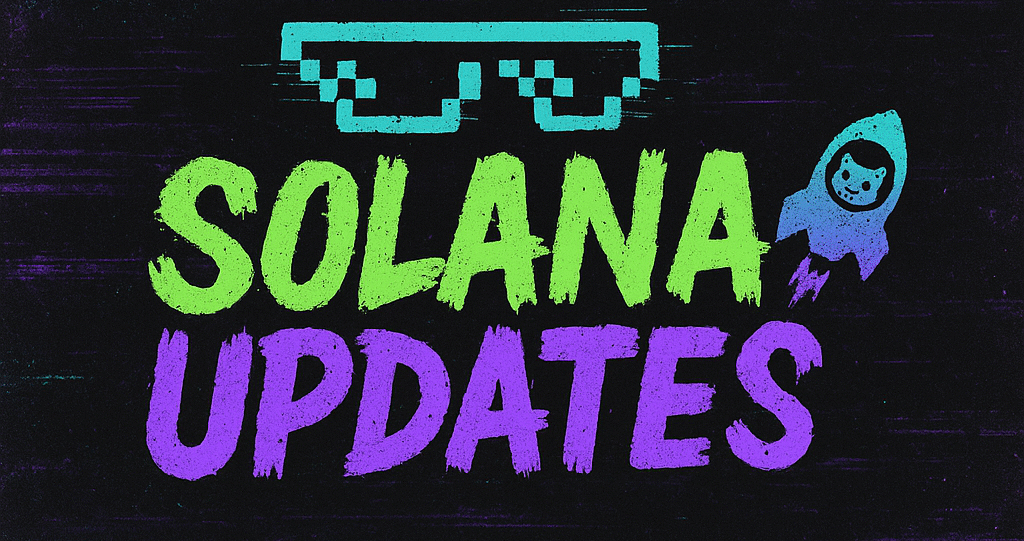The stablecoin market is experiencing an unprecedented boom, with its total supply nearing a staggering $300 billion. This remarkable growth, representing a 72% increase year-over-year, is being driven by the expanding functionalities and adoption of stablecoins, transforming them from mere trading instruments to essential components of the crypto financial ecosystem.
According to a recent report by Artemis, a leading blockchain analytics firm, the surge in stablecoin supply is largely attributed to the contributions of major blockchain platforms like Ethereum, Solana, and the recent impressive debut of Plasma. This trio has been pivotal in not only increasing the supply but also in pushing the boundaries of what stablecoins can achieve beyond their traditional trading roles.
Ethereum: The Pioneer Continues to Lead
Ethereum, the second-largest blockchain network by market capitalization, continues to be at the forefront of stablecoin issuance. With its robust DeFi (Decentralized Finance) ecosystem, Ethereum has been instrumental in providing the infrastructure for stablecoins to flourish. The Ethereum network supports a variety of stablecoins, including USDC, DAI, and Tether (USDT), which are utilized across numerous DeFi protocols for lending, borrowing, and other financial services.
Ethereum’s smart contract capabilities allow for complex financial transactions to be executed efficiently and securely, making it an attractive platform for stablecoin operations. As the demand for decentralized financial solutions grows, Ethereum’s role in the stablecoin market is expected to expand further.
Solana: Speed and Scalability at Its Core
Solana has emerged as a formidable player in the stablecoin market, thanks to its high throughput and low transaction costs. Known for its lightning-fast transaction speeds and ability to handle thousands of transactions per second, Solana provides an ideal environment for stablecoin activities, especially those requiring scalability and efficiency.
In recent years, Solana has attracted a significant number of stablecoin projects, which have leveraged its capabilities to offer users seamless financial services. The platform’s innovative technology continues to draw interest from developers and investors alike, contributing significantly to the overall growth of the stablecoin market.
Plasma: A Record-Breaking Debut
Plasma, a newer entrant in the blockchain space, has made a record-breaking debut, further propelling the stablecoin market’s growth. With a focus on providing enhanced security and scalability, Plasma has quickly gained traction among stablecoin issuers. Its unique consensus mechanism and architecture are tailored to support high-volume transactions, making it an attractive option for stablecoin applications.
Plasma’s entry into the market has not only increased the overall supply of stablecoins but has also introduced innovative features that allow these digital assets to mirror core banking functions. This evolution highlights the ongoing transformation of stablecoins from simple trading tools to integral components of the broader financial system.
The Future of Stablecoins
As stablecoins continue to evolve and integrate more deeply into the global financial system, their role is expected to expand significantly. They are increasingly being used for a variety of purposes beyond trading, including remittances, payments, and as collateral in financial contracts. This versatility is positioning stablecoins as a bridge between traditional finance and the digital economy.
With platforms like Ethereum, Solana, and Plasma pushing the boundaries, the stablecoin market is poised for continued growth and innovation. As regulatory frameworks develop and adoption increases, stablecoins are likely to play a crucial role in shaping the future of finance.
🛒 Recommended Product: Check out top-rated crypto gear on Amazon


